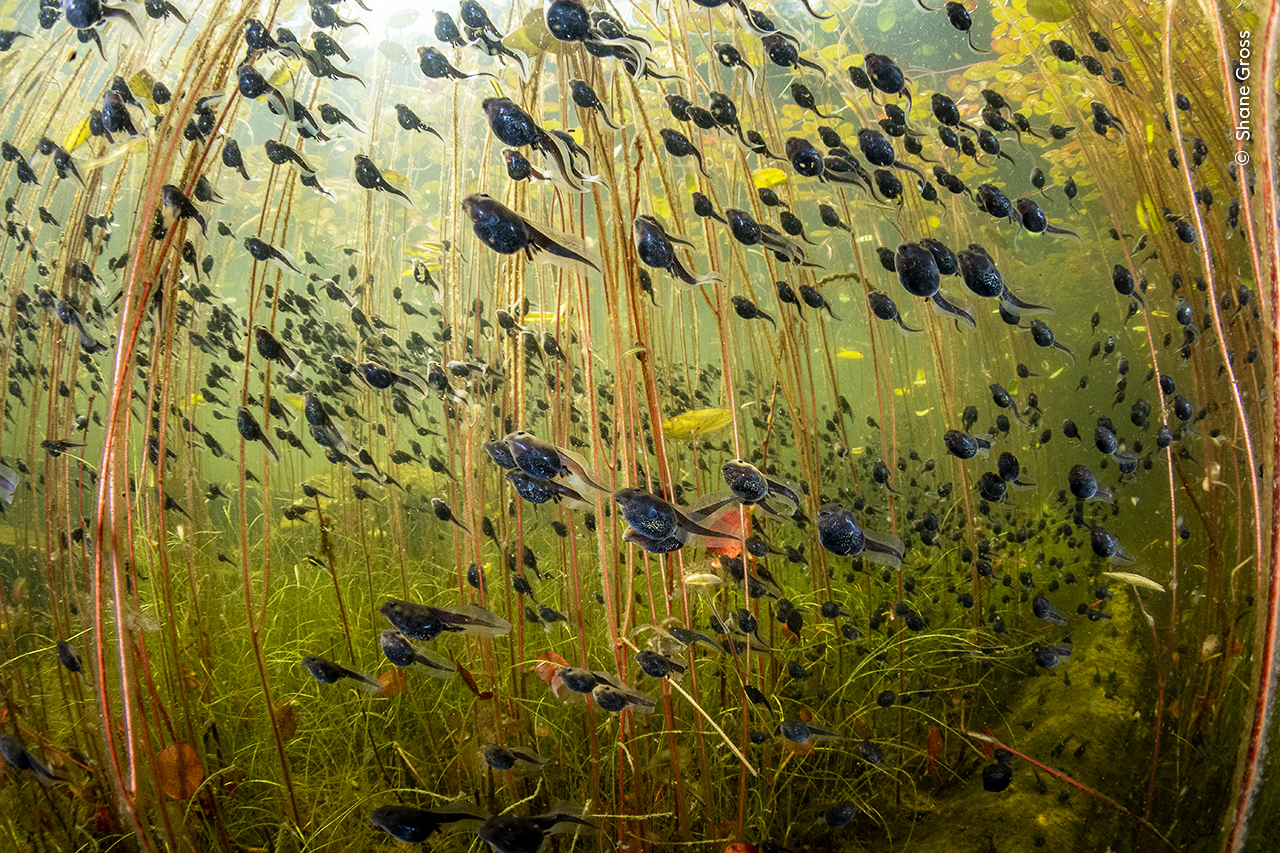Shane Gross knew exactly what he was looking for when he set off for a remote area on Vancouver Island on a trip that would earn him the title Wildlife Photographer of the Year—a prize he’s had his eye on for over a decade.
“I’ve been entering this competition since 2011, and if I were to ever win one photography competition in my life, this is the one,” he says. “It’s by far the most prestigious wildlife photography competition in the world.… I’m over the moon about it.”
Founded in 1965 as a magazine competition, the Wildlife Photographer of the Year is an annual competition and touring exhibition hosted by the Natural History Museum in London. Promoting wildlife conservation, the competition invites submissions from around the world, naming winners across a host of categories, including the Adult Grand Title prize, claimed this year by Gross.
The longtime marine conservation photographer was drawn to the mysteries of the deep from a young age, including studying tadpoles like the ones featured in his winning shot: The Swarm of Life.
“I always wanted to get underwater because there’s actually aliens down there,” he explains. “I wanted to meet those aliens and see sharks and whales and rays and even freshwater fish. And of course tadpoles are part of a lot of our childhoods, and I’ve heard from a lot of people how it brings them back to being a kid and scooping them up in nets, and so it’s definitely a full circle on that front.”
Gross had seen photos of this tadpole habitat before, taken by fellow underwater photographer Eiko Jones, which inspired the trip, but there was a lot of planning and patience involved. Many of us have a romantic picture of wildlife photography in our minds. A lone artist. A candid, almost magical moment. A single, perfectly timed click of the shutter. The reality is often both more mundane and more incredible. More impressive for the care and attention required.
“I asked around, people who had been there, what was the best time of year, what to expect, where exactly to go, all that kind of stuff,” he says, stressing the importance of his network of wildlife photographers who understand and are protective of these environments. “They told me when to go, and, I think if my memory serves, it was eight months away—when the proper time to go was—but I put it on my calendar and waited for that day.”
When that day came, Gross and his partner were ready, but there was still a lot of work and planning once they were on site a few hours north of Nanaimo. “Once we got there, we didn’t see all that much action at first, and we thought, oh boy, is this an off year or what’s going on? But a guy came by on a paddle board, and he said he was filming for the BBC about the tadpoles and said just be patient. They usually don’t start to come in big numbers until the late afternoon.”
So they waited, ready for their moment when it would eventually come. “I probably spent six to seven hours in the water and took close to 1,000 images, and luckily one of them turned out really well,” Gross says. It was more than a numbers game, though. Gross used that time in the water to explore and look at different possible backgrounds. When the tadpoles arrived, he also had to be aware of visibility, as larger schools would stir up the silt, making the water cloudy. In the end, he found the right location and experimented with his flash to counter the natural light spilling in from the rear and creating dark silhouettes.
The result is nothing short of spectacular. Gross notes that he’s been asked frequently whether the image was generated with AI—perhaps a reflection of our times, but also a testament to how majestic and otherworldly The Swarm of Life is. Gross’s painstaking work, his eye for detail, and his commitment to his craft shine through in this painterly glimpse at the wonders of the natural world.
The Royal BC Museum is hosting the Wildlife Photographer of the Year exhibition until April 27, showcasing over 100 photos submitted to this latest edition of the contest, including Gross’s winning entry.
Below are just a few examples of some of this year’s winning photos, on display in Victoria.
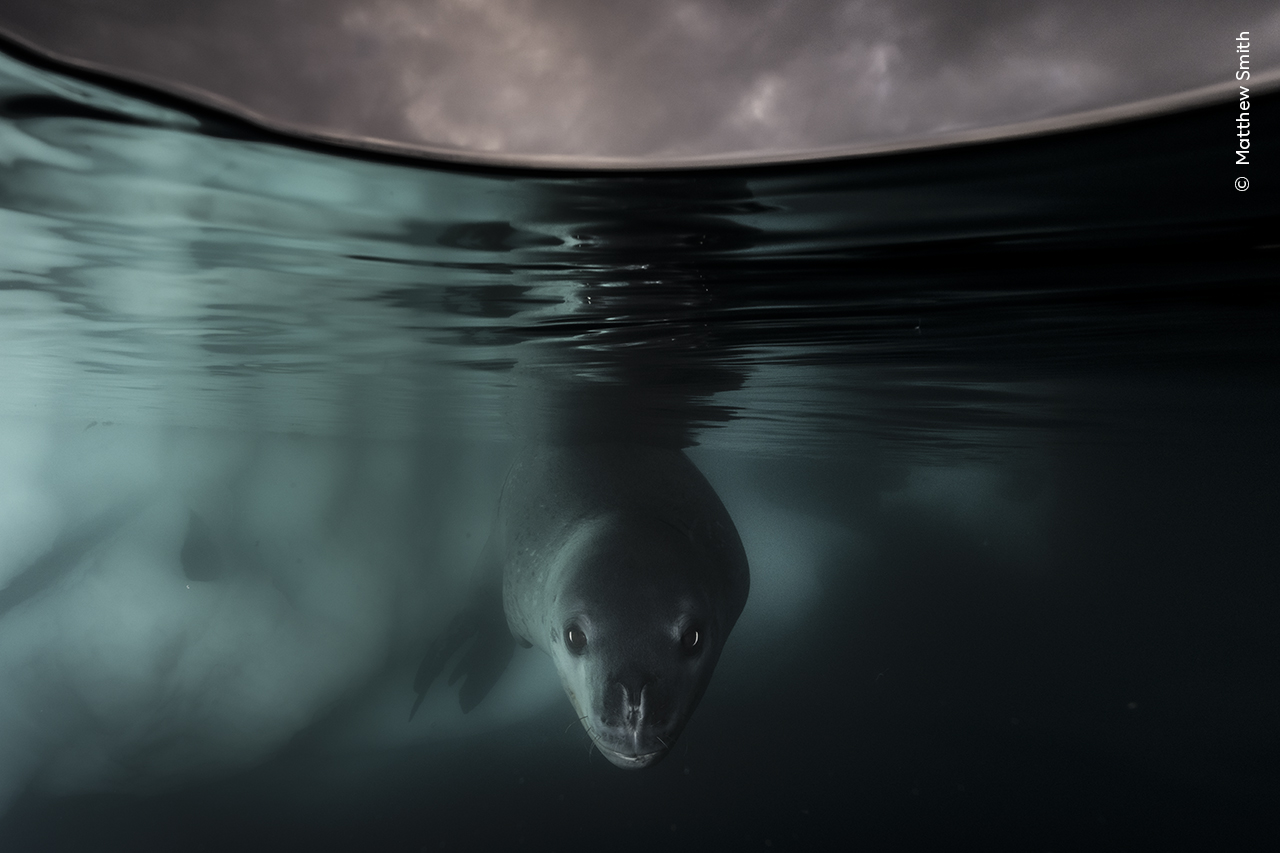
Icy Gaze by Matthew Smith.
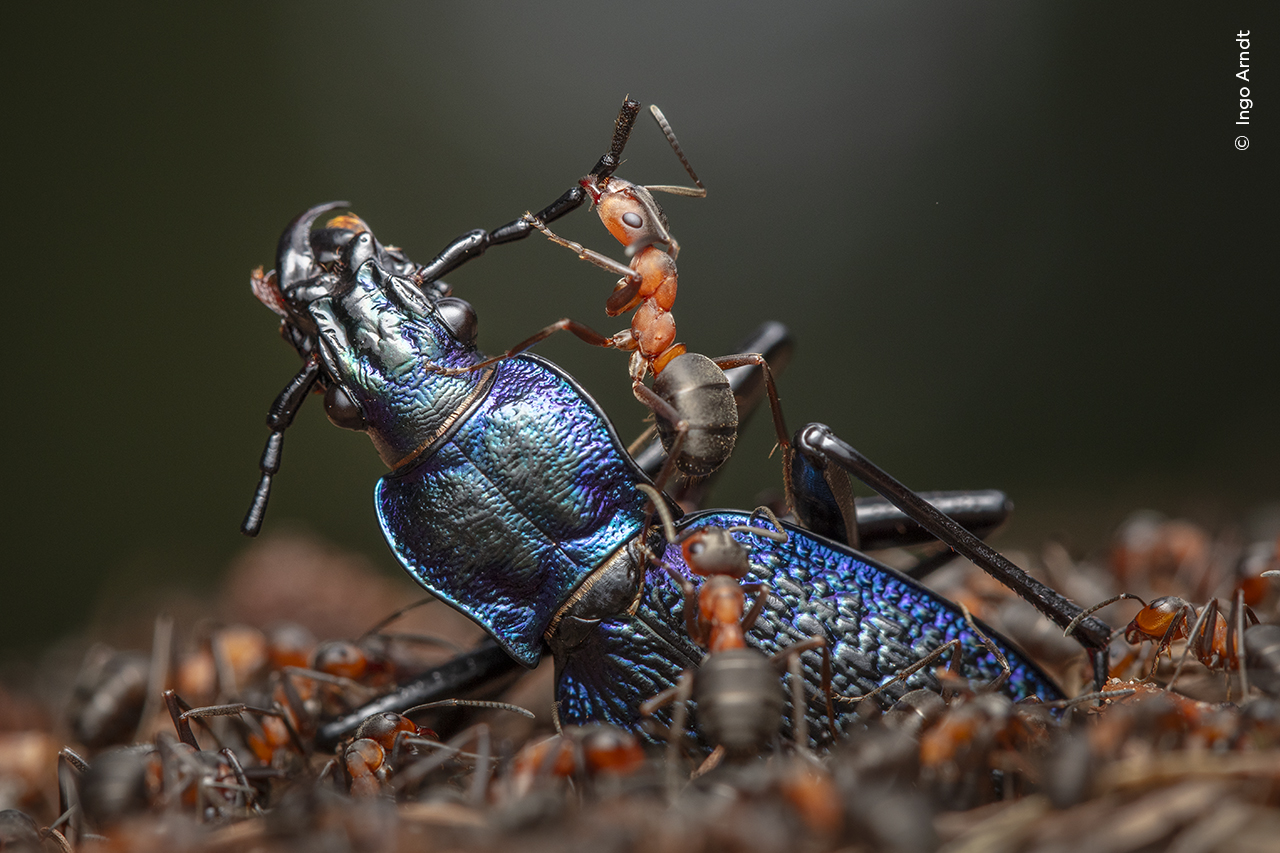
The Demolition Squad by Ingo Arndt.
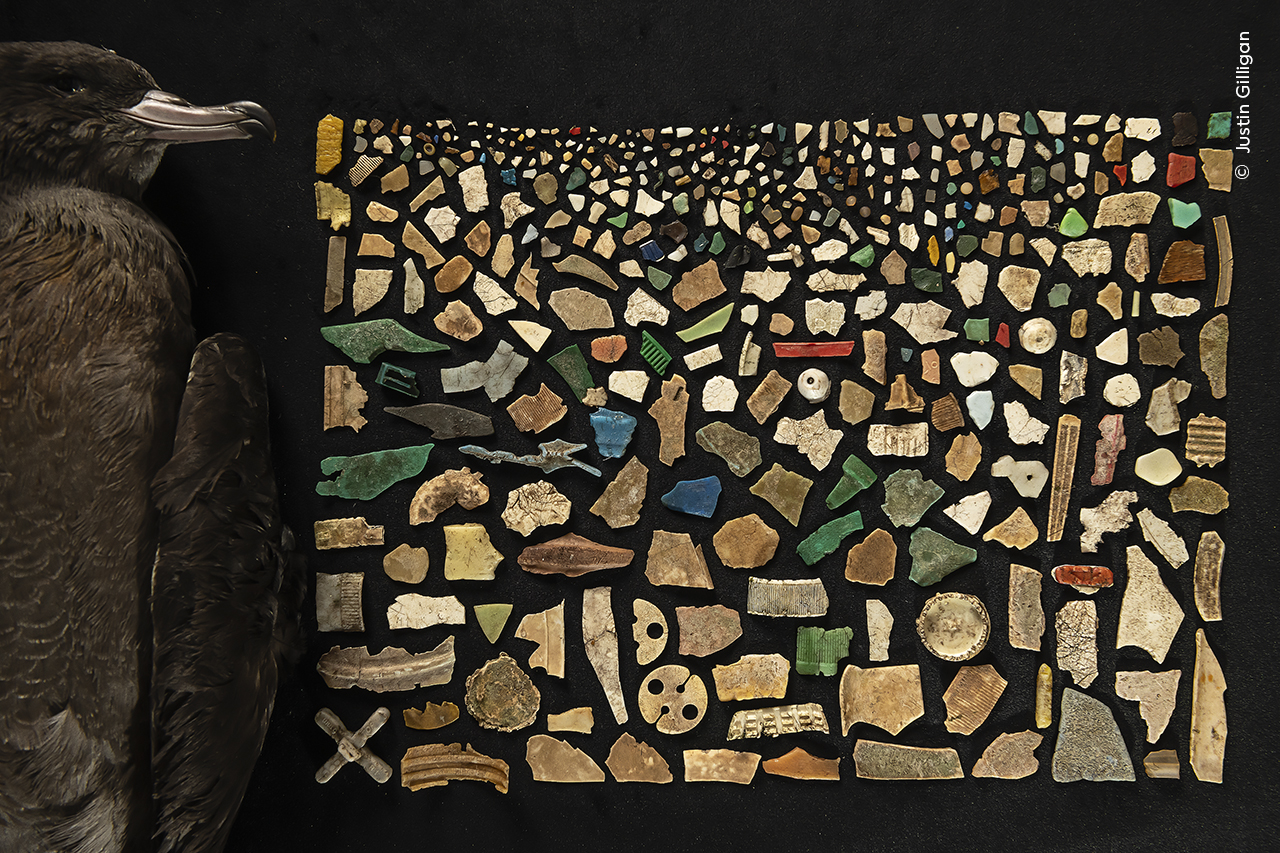
A Tranquil Moment by Hikkaduwa Liyanage Prasantha Vinod.
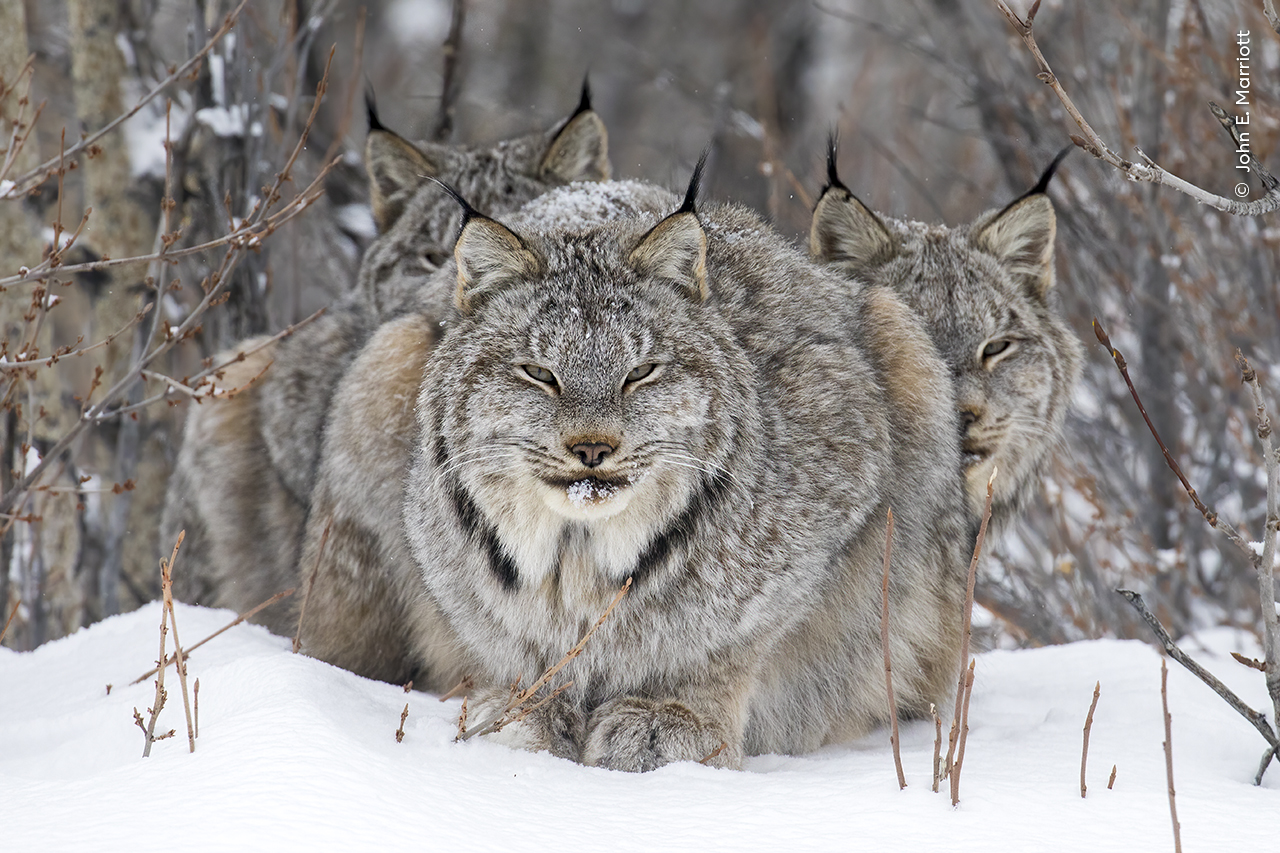
On Watch by John E. Marriott.

